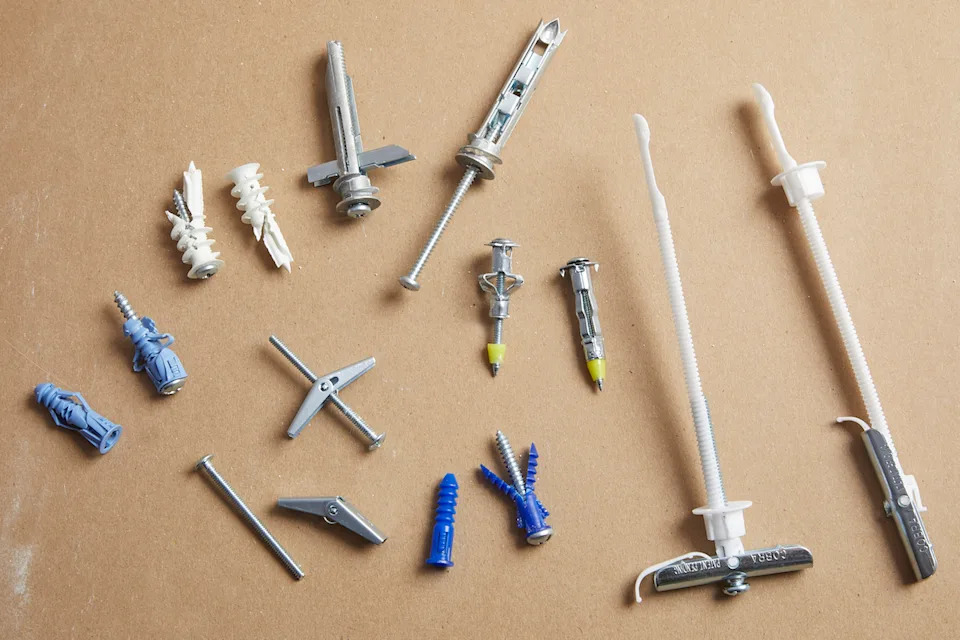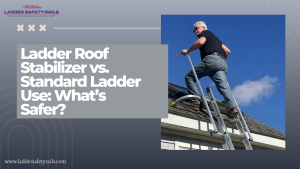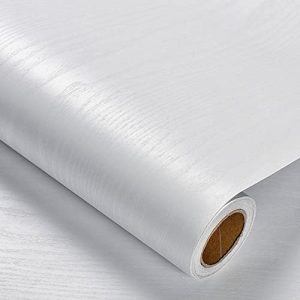Types of wall anchors for drywall are essential to know if you’re tired of struggling to hang pictures, shelves, or decorations on your drywall, only to have them fall down. Choosing the right wall anchor can make all the difference. But with so many types available, how do you know which one is best for your project? You’ll discover the most common types of wall anchors and learn exactly when and how to use each one. By the end, you’ll feel confident tackling any drywall hanging task with ease—and finally get those walls looking just the way you want. Keep reading to find the perfect anchor for your needs!
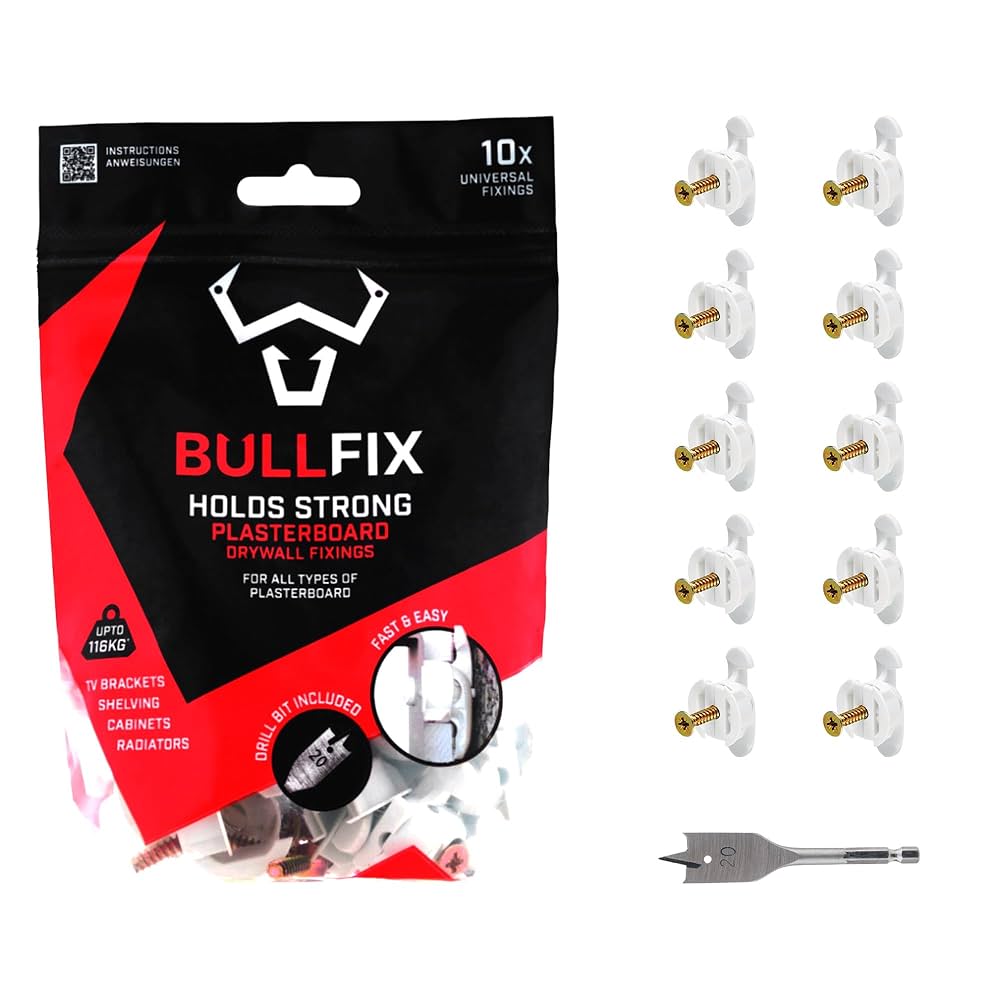
Credit: www.amazon.ca
Common Drywall Anchors
Drywall anchors help secure objects to drywall when there is no stud behind. They spread the weight and prevent damage to the wall. Choosing the right anchor type is important for strong support.
This guide covers four common types of drywall anchors. Each type works best in different situations and weight ranges.
Plastic Expansion Anchors
Plastic expansion anchors are simple and affordable. You drill a hole, push the anchor in, then insert a screw. The anchor expands inside the wall to hold tight.
They work well for light items like picture frames or small shelves. Avoid using them for heavy objects because they may pull out.
Self-drilling Anchors
Self-drilling anchors do not need a pre-drilled hole. You screw them directly into the drywall. They have sharp threads that cut into the wall.
- Easy to install with just a screwdriver
- Hold medium weight items like curtain rods
- Made of metal or plastic for different strengths
Toggle Bolts
Toggle bolts have wings that open behind the drywall. This spreads the load over a larger area. They are strong and good for heavy items.
| Feature | Description |
| Installation | Drill hole, insert bolt with folded wings, tighten to open wings |
| Strength | Supports heavy objects like shelves or TVs |
| Material | Usually metal for maximum hold |
Molly Bolts
Molly bolts are metal anchors that expand inside the wall. You insert them into a drilled hole and tighten the screw to expand the anchor arms.
- Provide strong, permanent hold
- Good for medium to heavy loads
- Can be removed and reused in some cases
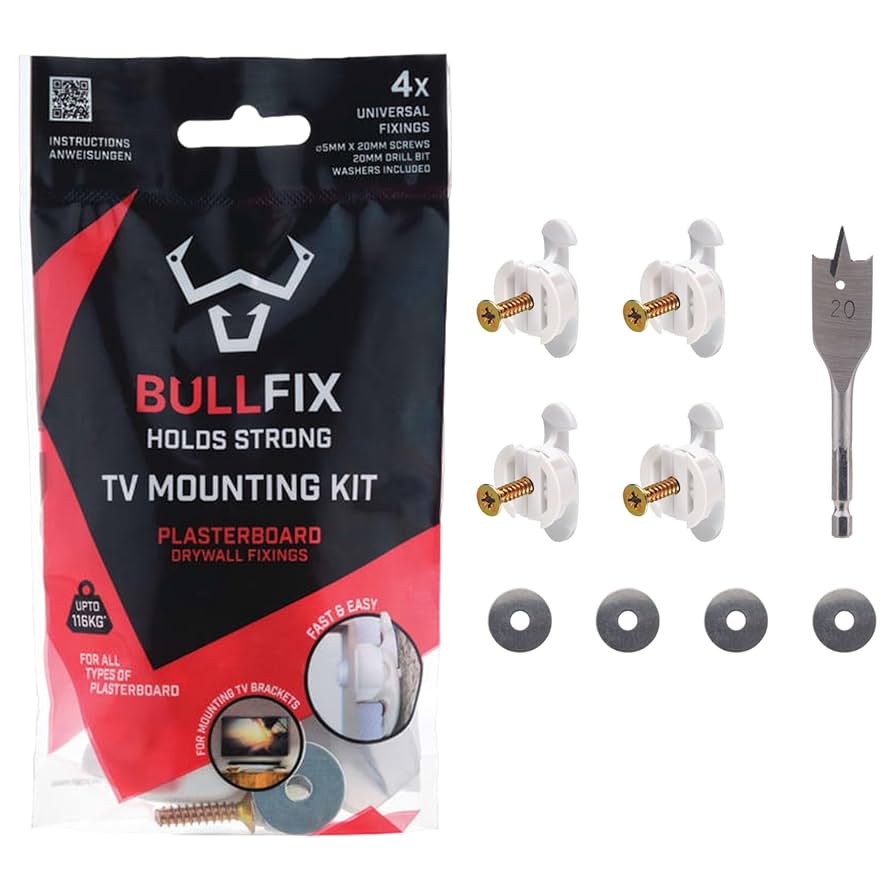
Credit: www.amazon.ca
Heavy-duty Anchors
When hanging heavy items on drywall, you need strong anchors. Heavy-duty anchors ensure a secure hold.
Let’s explore different types of anchors suitable for drywall. Each type offers unique benefits for your needs.
Snaptoggle Anchors
Snaptoggle anchors are excellent for heavy loads. They use a toggle bolt mechanism for strong support.
Snaptoggle anchors are ideal for:
- Mounting flat-screen TVs
- Hanging large picture frames
- Securing heavy mirrors
Metal Expansion Anchors
Metal expansion anchors work well in drywall. They expand inside the wall for a tight fit.
- Strong grip once installed
- Suitable for medium to heavy objects
- Easy to install with a drill
Winged Plastic Anchors
Winged plastic anchors are versatile. They spread wings inside the wall to hold items firmly.
| Type | Load Capacity | Best Use |
| Small Winged | Up to 20 lbs | Light fixtures |
| Medium Winged | Up to 50 lbs | Wall shelves |
| Large Winged | Up to 75 lbs | Cabinets |
Specialty Anchors
Specialty anchors are designed for unique drywall needs. They provide extra strength or work in tricky spots.
These anchors help hold heavy items or secure objects where regular anchors fail.
Adhesive Anchors
Adhesive anchors use glue to hold fast in drywall. They bond the anchor to the wall for extra support.
These anchors work well for light to medium loads. They are good where drilling or screwing is hard.
Threaded Drywall Anchors
Threaded drywall anchors screw directly into drywall. They create a strong hold without needing a stud.
These anchors are easy to install and remove. They are great for hanging pictures and shelves.
- Made of plastic or metal
- Expand inside the wall for grip
- Reusable if removed carefully
Snap Toggle Bolts
Snap toggle bolts have a spring-loaded wing. The wing opens behind drywall for strong support.
They hold heavy items like TVs and large shelves. Snap toggle bolts spread weight across a big area.
- Works well in thick drywall
- Easy to snap open and install
- Supports heavy loads safely
Choosing The Right Anchor
Drywall anchors come in many types. Choosing the right one keeps items secure on your walls.
Consider the weight, wall type, and tools before picking an anchor. This helps avoid damage.
Weight Capacity Considerations
Different anchors hold different weights. Check the weight limit before use.
Heavy items need strong anchors like toggle bolts. Light items can use plastic anchors.
- Plastic anchors: good for small pictures and light shelves
- Self-drilling anchors: support medium weight items
- Toggle bolts: best for heavy items like large mirrors
Wall Thickness And Material
Drywall thickness affects anchor choice. Most walls are ½ inch or ⅝ inch thick.
Some anchors work better with thin drywall. Others fit thicker or layered walls.
- Plastic anchors suit standard ½ inch drywall
- Toggle bolts work well on thicker or hollow walls
- Metal anchors may be needed for walls with metal studs
Installation Tools Needed
Anchors need different tools for installation. Know what you need before starting.
Some anchors require just a screwdriver. Others need drills and special bits.
- Plastic anchors: drill or screwdriver
- Self-drilling anchors: screwdriver only
- Toggle bolts: drill and screwdriver
Installation Tips
Drywall anchors hold items securely on walls. Correct installation helps avoid damage.
Learn key tips for drilling holes, placing anchors, and common mistakes to avoid.
Proper Hole Drilling
Use the right drill bit size for the anchor. A hole too big weakens the hold.
Drill straight into the drywall. Angled holes can cause the anchor to fail.
Anchor Placement Techniques
- Mark the spot clearly before drilling.
- Place anchors at least 12 inches apart for heavy items.
- Use a stud finder to avoid placing anchors on studs unless needed.
- Check the drywall thickness to pick the right anchor type.
Avoiding Common Mistakes
| Mistake | Problem | Fix |
|---|---|---|
| Using wrong drill size | Anchor won’t fit or hold | Match drill bit to anchor size |
| Placing anchors too close | Wall weakens and cracks | Keep at least 12 inches spacing |
| Skipping pilot hole | Drywall may split | Always drill pilot hole before anchor |
| Wrong anchor for weight | Item falls off wall | Use anchors rated for item weight |

Credit: www.angi.com
Frequently Asked Questions
What Are the Most Common Drywall Wall Anchors?
The most common drywall anchors include plastic expansion anchors, self-drilling anchors, toggle bolts, and molly bolts. Each type suits different weight capacities and wall conditions, ensuring secure mounting for various objects on drywall surfaces.
How Do Toggle Bolts Work in Drywall?
Toggle bolts have spring-loaded wings that open behind the drywall. They distribute weight over a larger area, making them ideal for heavy items like shelves and cabinets, providing strong and reliable support in drywall installations.
Can I Use Plastic Anchors for Heavy Drywall Loads?
Plastic anchors are best for light to medium loads. For heavy items, metal anchors or toggle bolts are recommended to prevent wall damage and ensure secure mounting, especially on drywall that cannot support high weight alone.
What Is the Difference Between Molly Bolts and Self-drilling Anchors?
Molly bolts expand inside the drywall for a firm grip. Self-drilling anchors screw directly into drywall without pre-drilling. Molly bolts handle heavier loads, while self-drilling anchors are easier and faster to install for moderate weights.
Conclusion
Choosing the right wall anchor makes hanging items easier and safer. Different anchors hold different weights and fit various wall types. Plastic anchors work for light objects, while metal ones support heavier loads. Toggle bolts offer strong support for bigger items.
Always match the anchor to the weight and wall material. This ensures your items stay secure and your walls stay intact. Knowing these anchor types helps you complete projects with confidence. Simple steps lead to better results every time.


